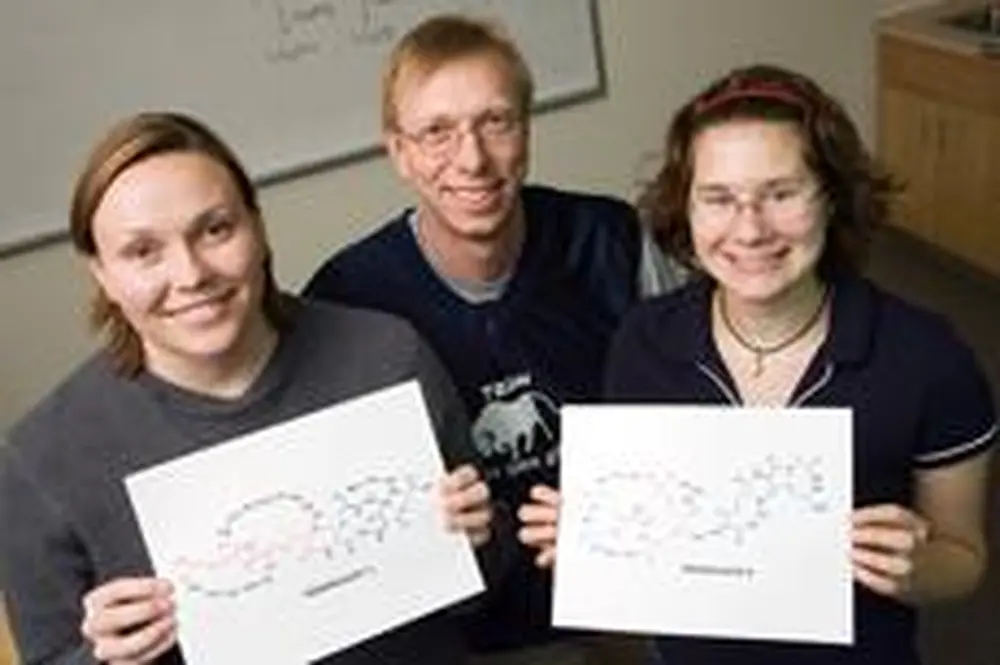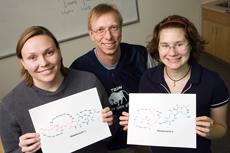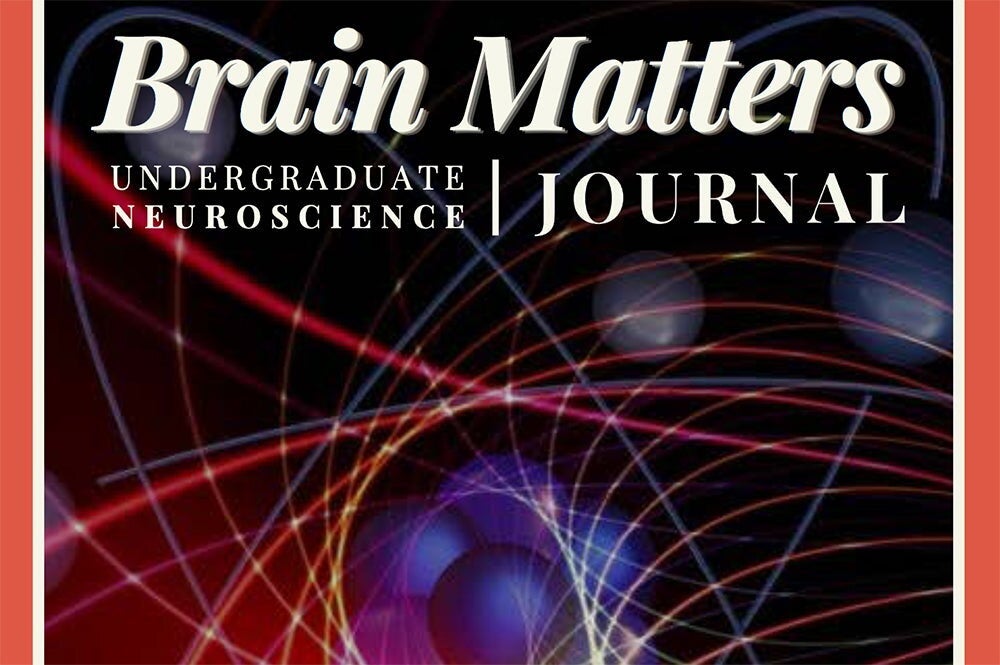

Superbugs beware. LAS researchers have discovered a way of producing more effective "lantibiotics"-naturally occurring antibiotics that may be used to target drug-resistant bacterial "superbugs."
The number of bacteria resistant to antibiotics has increased significantly in the last decade, making it "one of the world's most pressing public health problems," says the Centers for Disease Control and Prevention. Lantibiotics, which are powerful antimicrobial compounds used in the food industry to inhibit the growth of microorganisms, offer hope in combating superbugs resistant to standard antibiotics
Wilfred van der Donk, a University of Illinois professor of chemistry, has reached several milestones over the past several years in developing "single-component" lantibiotics. But now, working with postdoctoral student Amanda McClerren and graduate student Lisa Cooper, he has developed a two-component lantibiotic, dubbed "haloduracin."
A two-component lantibiotic like haloduracin has much potential and is essentially unexplored, van der Donk says. What's more, the bacterium that produces haloduracin grows at a pH of 9 and above, which suggests that this double-component lantibiotic will be stable in the human body. The best single-component lantibiotic, nisin, is unstable at a pH of 7 and above, he says.
A "two-component" lantibiotic, van der Donk explains, uses two peptides, which work together to fight bacteria.
"The possibility of engineering new lantibiotics with therapeutic potential is even greater for these systems," he adds.


